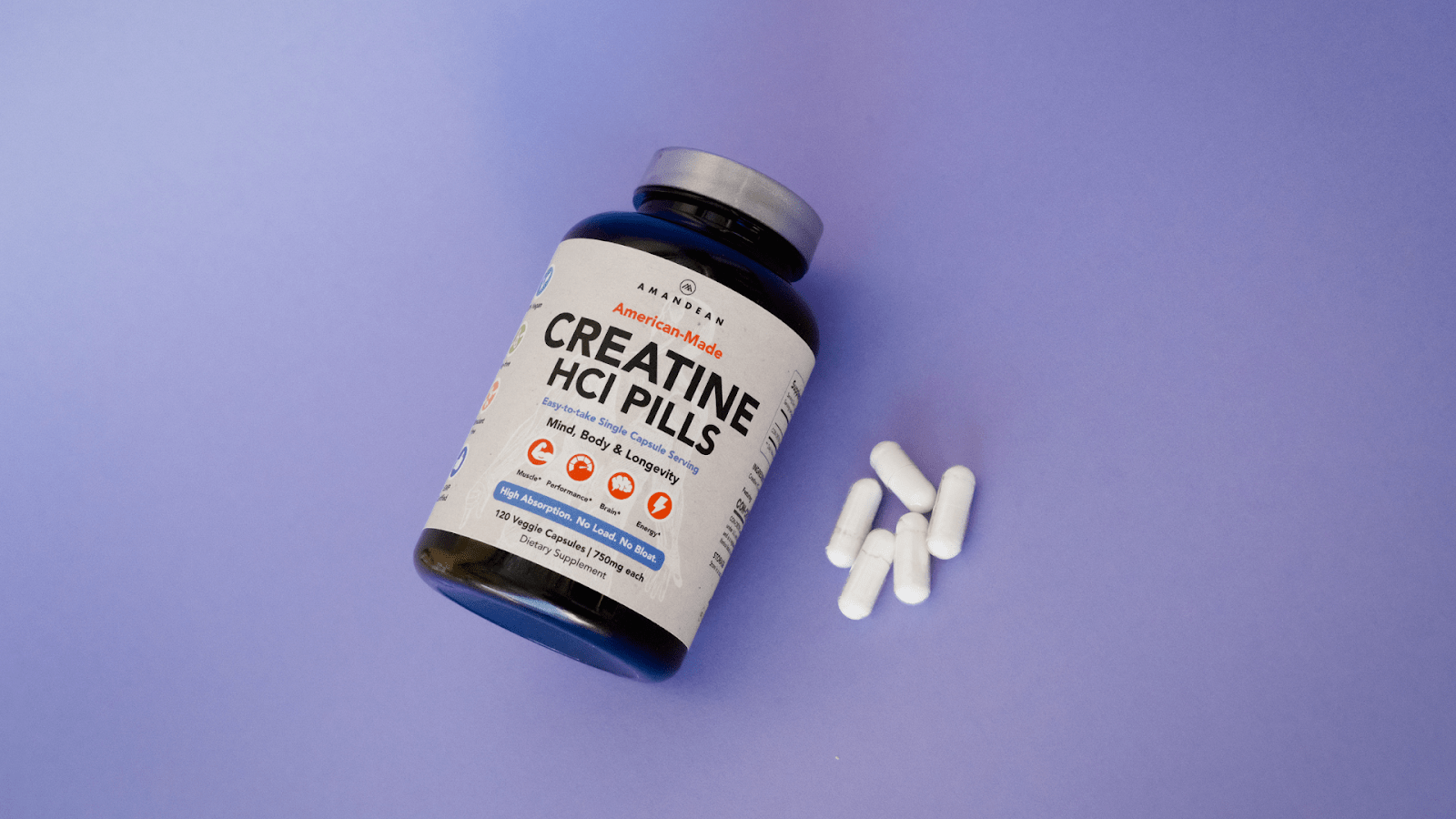Your Cart is Empty

May 31, 2021 4 min read
Simply put, intermittent fasting is an eating pattern. Although there are many different "schedules" or types of intermittent fasting, including the 16:8 (a 16-hour window of fasting, and an 8-hour feeding window), the 5:2 (two 24-hour fasts weekly), or alternate-day fasting, they all follow the same basic rule; rotate between relatively short fasting windows and eating windows. The type of fasting you choose depends mostly on your lifestyle and experience with fasting.
Take our quiz and find which supplements your body is craving.


Essentially, you are limiting your caloric intake by skipping a meal or two, but for the rest of the day, you are free to eat as you please. No dieting rules or restrictions. Intermittent fasting changes your body on a molecular level. During a fasted state your body runs through its glycogen stores (made from carbohydrates) and seeks fat for energy. Fat loss is one of the most desired benefits of intermittent fasting but it's certainly not the only one.

When your body is in a fasting period (usually after the 13-16-hour marker) it enters “ketosis”. During this phase, fat burning is at its highest and you'll feel energized, alert, and full. Insulin sensitivity is improved, blood sugar lowers, and your risk for type 2 diabetes and cardiovascular disease begins to lower. Upon approaching the 24-hour mark, you enter a phase of cellular recycling called “autophagy”. During autophagy your cells begin "self-eating" the damaged cellular material and proteins in your body. This helps to reduce your risk for certain neurodegenerative diseases like Alzheimer’s. Once you make it past the 24-hour mark, human growth hormone (HGH) levels begin to rise, contributing to increased muscle tissue as well as speeding up muscle recovery. This is where all the bodybuilding benefits begin!
Bodybuilders will tell you that a calorie deficit is the number one killer of muscle gain, and to an extent, they would be right! Getting enough calories (and macronutrients) is very important for building muscle. But if you think that just by adding in a couple of days of fasting you're throwing all your hard work in the gym away, you'd be wrong.
Like we mentioned above, intermittent fasting differs from dieting in that it doesn't restrict what you eat, only whenyou eat. Because all of the health benefits of fasting are spurred by a lack of food, all you have to do is follow a 16-24 hour fast and ensure that you're getting enough protein, as well as increasing your number of calories during your eating windows.
Muscle atrophy does not occur within a short fasting period such as 16 or 18 hours, but the fat loss does! This can actually help you to build lean muscle and lean mass, rather than just increasing body mass.
Of course, if you want to build muscle, diet isn't everything. Bodyweight exercises and resistance training should be performed on non-fasting days or after eating a small meal. Fasted exercise is okay, but if you want to bulk up your muscle mass, your body will need glucose from carbs, AKA food for fuel. If you want to exercise during a fasted state, stick to light cardio, yoga, or stretching to avoid overexertion.
You can follow the popular LeanGains Method, which is a 16:8 fasting protocol that prioritizes lean muscle growth. In this method you fast for 16 hours but eat a small meal before working out and save your largest meal post-workout.

High protein intake during eating windows is crucial to avoid muscle loss. In order to support muscle growth, it's recommended that you consume 0.7–1 gram of protein per pound of body weight (1.6–2.2 grams per kg). From there, you can add a 10-20% calorie surplus to your daily diet. Every day your diet should consist of the three macronutrients in these percentages: 50-60/30/20 carbs to protein to fats. Here are some examples of what you can eat in between fasting periods to support your gains!
For more information about getting the most out of your fast, visit the Amandean blog! We've got you covered from the “best drinks to keep you hydrated and satisfied” to "how to retain your energy during a fast”.
All intermittent fasting patterns follow the same basic rule; rotate between relatively short fasting windows and eating windows.
Because all of the health benefits of fasting are spurred by a lack of food, all you have to do is follow a 16-24 hour fast and ensure that you're getting enough protein, as well as increasing your number of calories during your eating windows.
Bodyweight exercises and resistance training should be performed on non-fasting days or after eating a small meal.
In order to support muscle growth, it's recommended that you consume 0.7–1 gram of protein per pound of body weight (1.6–2.2 grams per kg).

December 12, 2025 7 min read
Achieve luscious locks with collagen for hair. Try Amandean’s premium collagen supplements for stronger, healthier hair.

December 12, 2025 10 min read
Collagen packets by Amandean make skin, joint, and hair support easy on the go. Learn how collagen packets work and upgrade your wellness routine today.

October 17, 2025 8 min read
Find out why creatine is better for vegans! Boost your wellness game and unlock peak performance with Amandean's premium supplements today.